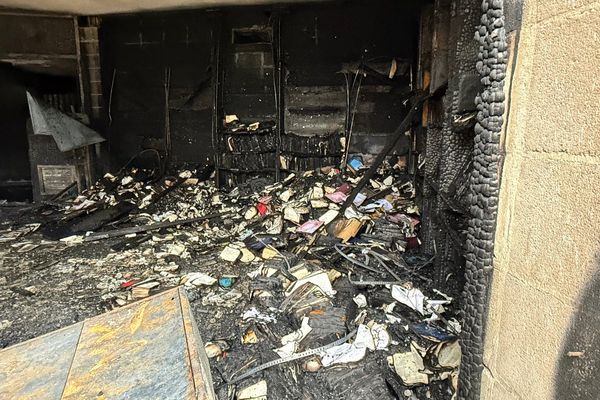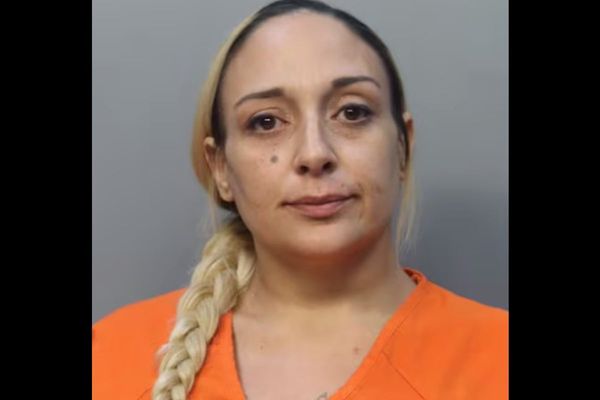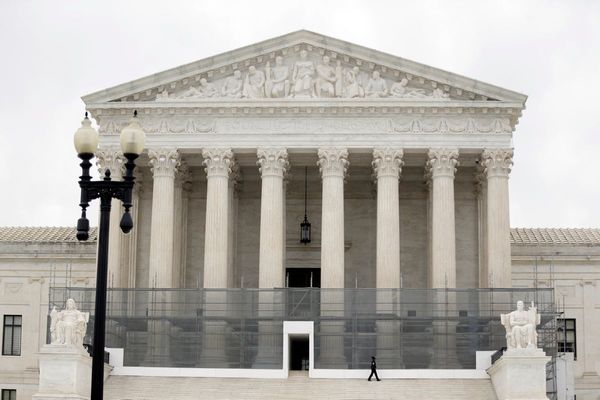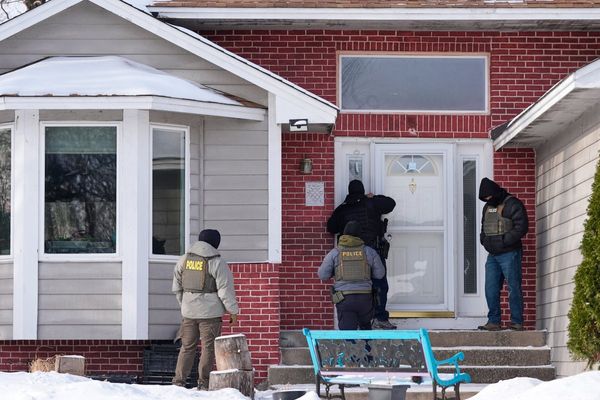
The worst-case scenarios arrived with alarming speed. In the weeks since the US supreme court’s decision in Dobbs v Jackson Women’s Health, the case that overturned Roe v Wade and eliminated the constitutional right to an abortion, American women have faced a radical reordering of their lives. A right essential to their dignity and self-determination has been stripped away after nearly 50 years – and with it, the gains women have made in professional, political and social life are newly and gravely endangered. But in addition to this moral and civic crisis, the supreme court’s decision has also created a vast and acute new public health crisis, as abortion bans complicate once-standard care for pregnant women – and place the health of even those who are not pregnant into new and arbitrary danger.
For one thing, there are the miscarriages. Care for patients experiencing spontaneous pregnancy loss has been dramatically reshaped in hospitals across Republican states. The treatment for a miscarriage is to evacuate the contents of the uterus, either with a minimally invasive surgery or with medication, and these interventions, as it happens, are identical to those used in voluntary abortions. But with ambiguous, as-yet-uninterpreted but strongly worded laws now in effect in anti-choice states, providers don’t know what they are permitted to do for miscarrying patients. Many bans have so-called “life of the mother” exemptions, but these are vaguely worded, and carry strong penalties for providers if they get it wrong. How sick does a patient need to be before a doctor can abort the pregnancy that is killing her? Does she need to be dying? How close does she need to be to death?
These are not hypotheticals: since the Dobbs decision, accounts of dangerously delayed miscarriage care have been reported with alarming frequency. Providers are postponing life-saving abortions, often until a fetus dies on its own and cardiac activity can no longer be detected – an emotionally fraught and physically painful process that can take days or weeks. One woman in Texas told CNN about having to carry a dead fetus that her body would not expel for two weeks, as she searched in vain for a provider who would take the legal risk of giving her a D&C.
Meanwhile, a miscarrying woman has a softened cervix, putting her at heightened risk of infection, and she is vulnerable to hemorrhaging or even sepsis as the pregnancy tissue inside her begins to break down. Dr Jessian Munoz, an obstetrician in San Antonio, told the AP about his attempts to treat a patient who had developed a uterine infection while her fetus still had signs of cardiac activity. Constrained by Texas laws, there was little he could do until it was almost too late. “We physically watched her get sicker and sicker and sicker,” Munoz said. The woman lost multiple liters of blood, needed emergency surgery, and had to be put on a breathing machine – all because the law of her state considered the hypothetical life of her fetus to be more valuable than her own. So far, we have not seen reports of women’s deaths from these delayed miscarriage treatments. But the deaths are coming.
Then there are the ectopic pregnancies. In approximately one in 50 pregnancies, a fertilized egg will implant somewhere other than the uterine wall – usually in the fallopian tube, but sometimes elsewhere in the abdominal cavity. In these cases, the pregnancy is never viable; it is always life-threatening to the pregnant patient. As with miscarriages, the treatment is abortion. But providers in conservative states aren’t sure what they’re allowed to do under the law, or what they can do without incurring punishment from zealous anti-choice colleagues or vigilantes newly empowered to bring ruinous lawsuits.
In Michigan, for now an island of legal abortion in a deep anti-choice midwestern sea, a woman presented at a hospital emergency room with an ectopic pregnancy that could have killed her; she had travelled there from another state, where doctors had turned her away. Another woman wasn’t so lucky: her central Texas hospital advised her doctor not to intervene in her ectopic pregnancy until it ruptured, at which point her life was in immediate danger.
The more highbrow denizens of the anti-choice movement insist that the deluge of draconian misogynist laws that have been brought into effect by the supreme court should not really create these disastrous outcomes, despite the brutally obvious fact that anti-choice laws have clearly created a rapidly more dangerous landscape for women’s health.
These voices claim that the vague wording and narrow circumstances permitted by the laws’ “life of the mother” exemptions are not the real problem, but rather that the real problem is the way hospitals and their lawyers are reading the law. “I have seen reports of doctors being confused,” John Seago, the president of Texas Right to Life, told the New York Times, “but that is a failure of our medical associations.” The National Review pundit Alexandra DeSanctis Marr wrote, “Abortion supporters are the ones conflating abortion with miscarriage care and care for ectopic pregnancy. Pro-lifers know the difference between necessary women’s health care and intentionally killing a baby. It’s abortion supporters who won’t distinguish.”
Would that these distinctions were so clear and apparent as Seago and DeSanctis believe they are. The truth is that while any moral movement for choice must defend women’s rights to control their own bodies without reservation, in these tragic medical crises, the line between an “elective” and an “emergency” abortion is not so easy to distinguish. The difference between abortion and “necessary women’s health care” is ambivalent because medicine and the body do not conform to the strict moral lines that the anti-choice movement tries to place them in. When pressed, even Seago admits this. Soon after declaring that the laws championed by his group pose no danger to women’s health, he acknowledged that complying with the law would indeed require providers to delay emergency care. “He acknowledged that such delays could cause medical complications for women,” the Times said.
Not that the likes of Seago and DeSanctis are in touch with their movement anyway. The base of the anti-choice movement seems alarmingly comfortable with dispensing of “life of the mother” exemptions, much as that same movement has largely dispensed with their professed support for rape and incest exemptions. In Wisconsin, anti-choice groups have called for amending the state’s long-dormant 1849 abortion ban to grant fewer exemptions for maternal life and health. In Idaho, a recent Republican party convention amended its platform to support an abortion ban with no exemptions at all. When a proposal to include an ectopic pregnancy exemption was proposed, it failed by nearly four to one.
In retrospect, it seems obvious that the anti-choice movement would insist on a false dichotomy between abortion and women’s healthcare. It seems in keeping with the other false binaries that the movement is so enamored of: like that between women who have children and women who have abortions; or between those who deserve be in control of their lives, and those born with a uterus.
Moira Donegan is a Guardian US columnist







